New Year & Hogmanay
28th December 2018 by Scran | 0 comments
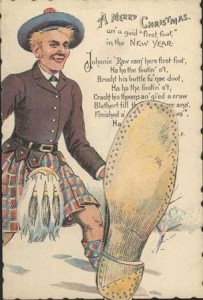 The celebration of the New Year is one of the oldest of all holidays. It was first observed in ancient Babylon about 4000 years ago when the beginning of spring was the logical time to start a new year. The Babylonian new year celebration lasted for eleven days.
The celebration of the New Year is one of the oldest of all holidays. It was first observed in ancient Babylon about 4000 years ago when the beginning of spring was the logical time to start a new year. The Babylonian new year celebration lasted for eleven days.
The Roman senate, in 153 BC, declared January 1 to be the beginning of the new year. But it wasn’t until Julius Caesar, in 46 BC, established what has come to be known as the Julian Calendar that the months became synchronised with the seasons and the sun. The early Catholic Church condemned the festivities as paganism. But as Christianity became more widespread, the early church began aligning its own religious observances with many pagan celebrations. During the Middle Ages, the Church remained opposed to celebrating New Year. However, it remained an important festival linked with mid-winter.
Traditions
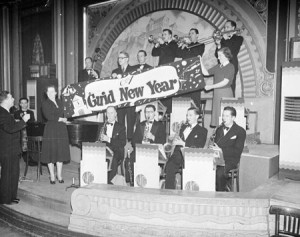 Traditions of the season include the making of New Year’s resolutions which dates back to the early Babylonians. Using a baby to signify the new year was begun in Greece around 600 BC. They celebrated their god of wine, Dionysus, by parading a baby in a basket, representing the god’s rebirth as the spirit of fertility. Luck in the New Year – traditionally, it was thought that one could affect luck throughout the coming year. For that reason, it become common to feast and make merry into the first moment of the new year – hence New Year’s Eve. This feast took place with family and friends.
Traditions of the season include the making of New Year’s resolutions which dates back to the early Babylonians. Using a baby to signify the new year was begun in Greece around 600 BC. They celebrated their god of wine, Dionysus, by parading a baby in a basket, representing the god’s rebirth as the spirit of fertility. Luck in the New Year – traditionally, it was thought that one could affect luck throughout the coming year. For that reason, it become common to feast and make merry into the first moment of the new year – hence New Year’s Eve. This feast took place with family and friends.
Scotland & New Year
For many English speaking countries, Scotland has come to represent a focus for New Year with its own particular Hogmanay [New Year’s Eve] and New Year’s Day celebrations which weave pagan and winter themes together. In Scotland, for many years, the official winter holiday was New Year’s Day and not Christmas Day. Over the last fifty years, Christmas has become more equalised in regard. There is a particular vocabulary to a Scottish New Year: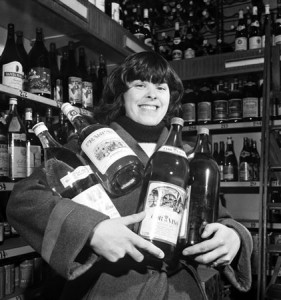
Whisky is seen as an important part of the festival where one sips a dram [a measure of whisky] and proposes toasts to the New Year – maintaining the association with wishing a lucky year.
First Footing is very important in Scotland. This is where the first person to set foot in your house, after the midnight bells chime, should bring luck. It is particularly lucky if that visitor happens to be a tall dark-haired man. First Footers have to be treated generously but also should show their own generosity. All-in-all, it’s a great excuse for a party into the wee sma’ hours [early hours of the next morning].
Gifts should be carried by the first footer. Traditionally, they are expected to carry at least aHawf or half bottle of whisky. You may be invited to “have a wee hawf” – to take a glass of whisky with the first footer. In fact, this is expected – and in return, the first footer will drink from your bottle. First Footers used also to carry a lump of coal with them and this would be thrown on the fire with the wish that lang may yer lum reek [long may your chimney smoke]! One should also carry something to eat and, traditionally Black Bun – a rich cake full of currants and perhaps alcohol – was provided.
Good Spirits & Fellow Feeling are expected. All those who meet after the bells are expected to wish each other a Guid New Year; and to shake hands and kiss if they know each other.
First Footing Rules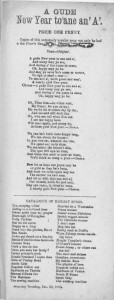
- The first footer brings all the luck, good or bad, for the year ahead.
- They should be male, tall, dark and handsome.
- They cannot be doctors, ministers or grave-diggers & cannot have eyebrows that meet in the middle!
- They should come with drinks and food and should be merrily generous.
- Such a first footer can claim a kiss from every woman. Woe betide the house that does not have such a First Footer – because they are heading for an unlucky year.
Auld Lang Syne
Many sing Auld Lang Syne at New Year – probably best sung at parting. At least partially written by Robert Burns in the 1700s, it was first published in 1796 after Burns’s death. It is old Scottish tune and literally means “old long since,” or simply, “the old times.” It mixes the perennial constants of Scotland at New Year – generosity, sentimentality and reminiscence with those you love and remember. Here are the most commonly sung verses:
Should auld acquaintance be forgot,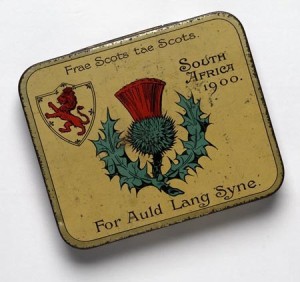
And never brought to mind?
Should auld acquaintance be forgot,
And auld lang syne?
CHORUS:
For auld lang syne, my dear,
For auld lang syne,
We’ll tak a cup of kindness yet,
For auld lang syne!
And there’s a hand my trusty fiere,
And gie’s a hand o thine,
And we’ll tak a right guid-willie waught,
For auld lang syne.
A very Happy New Year to You from Scran
Images © The Scotsman, National Museums Scotland & Scottish Life Archive | Licensor Scran

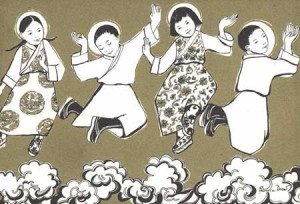
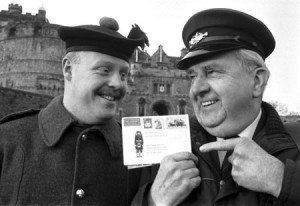
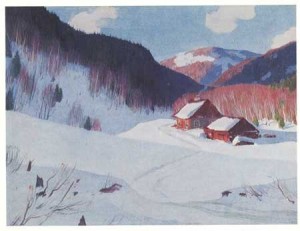
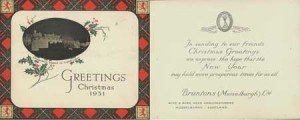

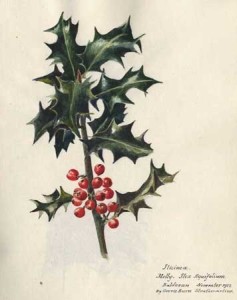





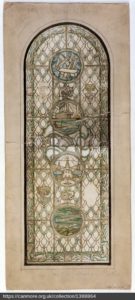








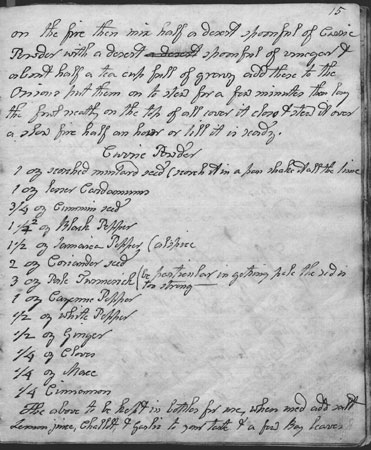
 be invited to contribute to
be invited to contribute to  As well as providing images (
As well as providing images ( HES colleagues at Stanley Mills, a former textile mill in Perthshire, recently organized a fantastic opportunity for young people at Stanley Primary School to curate an exhibition at this historic site in a project supported Skills for Life, Learning & Work.. The pupils did a great job, meeting with HES curatorial and educational staff over 8 weeks to choose, document, assess, describe and display their chosen items, which included a gird and cleek, a strap (used to punish slow workers), a porridge bowl and spoon, and two shillings (the weekly wage at the Mills for children in the 1830s). The pupils displayed great skill, especially in distilling the caption for each of their objects to 25 words or fewer- no mean feat, as any curator will tell you.
HES colleagues at Stanley Mills, a former textile mill in Perthshire, recently organized a fantastic opportunity for young people at Stanley Primary School to curate an exhibition at this historic site in a project supported Skills for Life, Learning & Work.. The pupils did a great job, meeting with HES curatorial and educational staff over 8 weeks to choose, document, assess, describe and display their chosen items, which included a gird and cleek, a strap (used to punish slow workers), a porridge bowl and spoon, and two shillings (the weekly wage at the Mills for children in the 1830s). The pupils displayed great skill, especially in distilling the caption for each of their objects to 25 words or fewer- no mean feat, as any curator will tell you.







